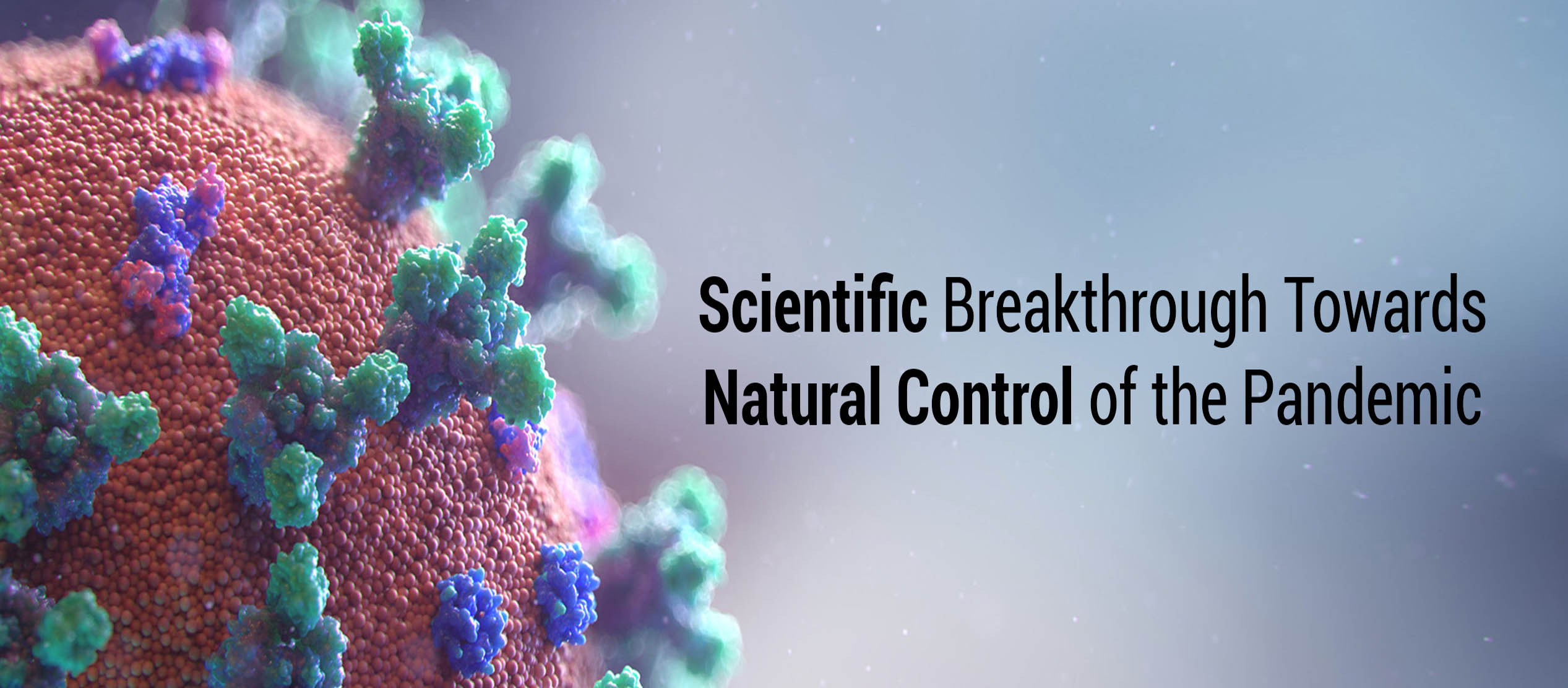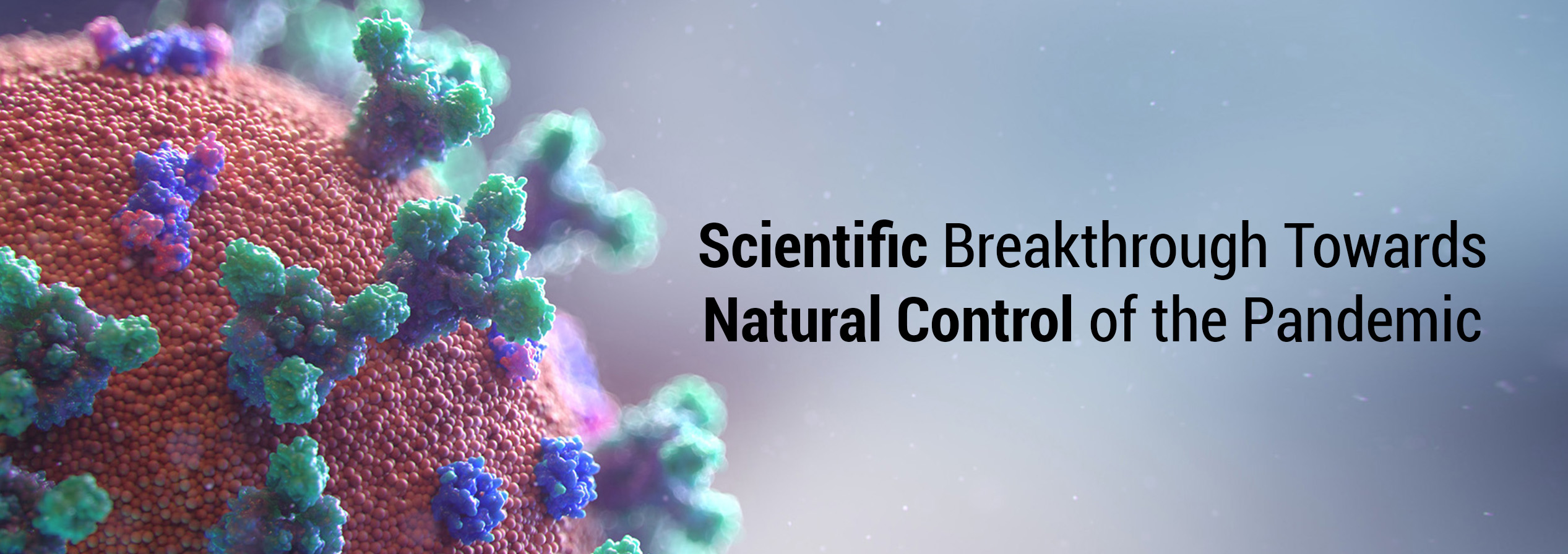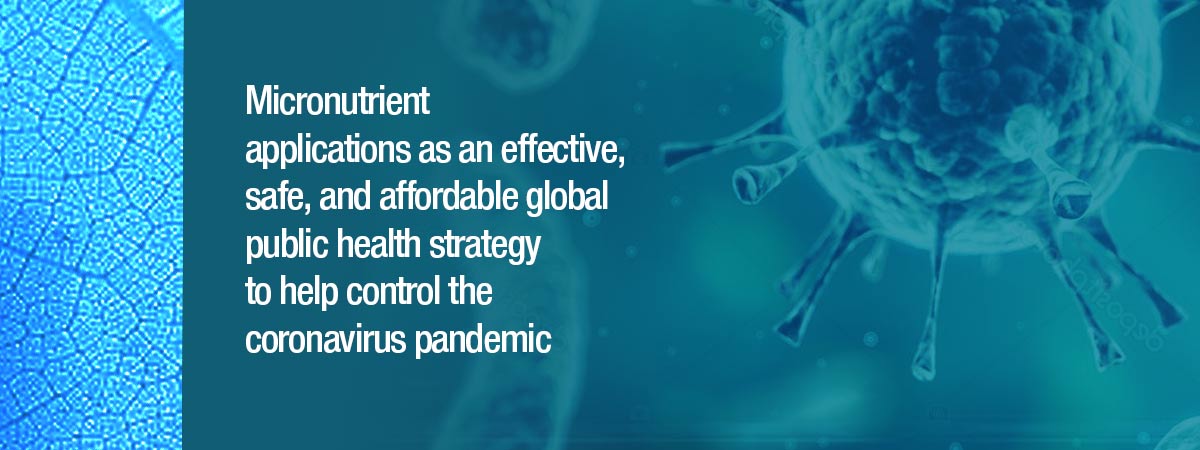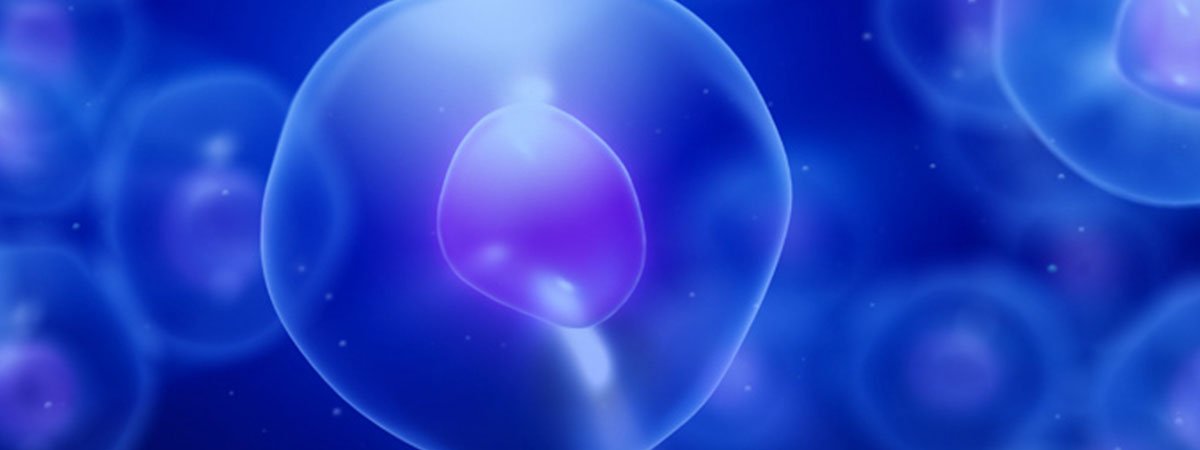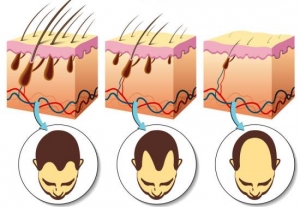Our Body Shows Us How To Fight Cancer: Part 1
Cancer is the second leading cause of death worldwide. The World Health Organization’s International Agency for Cancer Research has projected that as the life expectancy increases, cancer diagnosis will increase by 75%-90% by the year 2030. While enormous amounts of money are being spent on cancer research, there is still no cure in sight. This is because the cancer research establishment largely cultivates already tried conventional approaches and has become reluctant to trying and embracing new concepts and innovative thinking.
The Importance Of Micronutrients For Healthy Hair
Although in our society it has gained cosmetic importance, hair on the head and entire body is one of the distinguishing characteristics of mammals. The main function of hair is to regulate body temperature by facilitating evaporation of sweat in hot weather and to create additional insulation by closing the skin pores in cold weather. Despite its important function, the hair shaft itself is not living tissue. Tiny blood vessels at the base of every hair follicle feed the hair root to keep it growing. Yet, the hair we see on the body contains only dead cells. As the new cells grow at the base of the hair follicle, the older cells die and are forced along the follicle towards the scalp. It is normal to shed approximately 100 to 150 hairs a day. Hair is made of a protein called keratin, and hair color is determined by the presence of melanin secreted by pigment cells. As we age, these pigment cells die and the hair turns gray.


